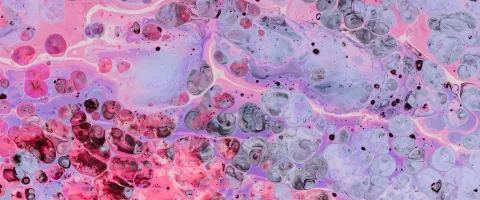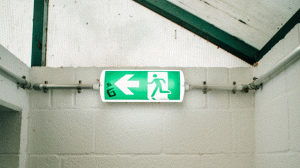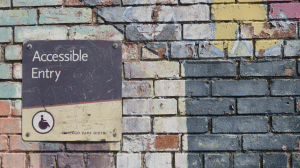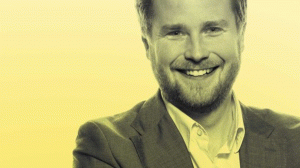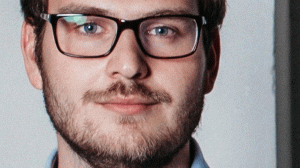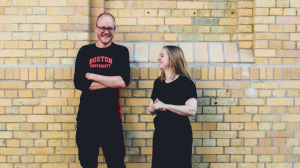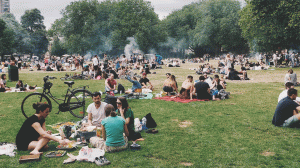|
This article is Part III of a four article series. Check out the second article here. |
 |
++Part 3++
Kiron is a non-profit organization that provides refugees with digital learning opportunities for academic, professional and personal growth. In April 2018 our management decided to transform our organization and to form cross-functional teams for evidence-based and user-centered collaboration; they asked me to facilitate the process of setting it all up. In this article I want to share my lessons learned and to inspire other organisations to increase their impact.
Preparing Version 0.3: September - October 2018
Now that we have found and tested a user-centered and evidence-based way to collaborate together the excitement grows within the stem cell, the group of representatives from all functional teams. But some of the same questions we had heard in the beginning keep popping up again: Who will be in those three cross-functional teams? How much time will people spend on cross-functional work? Where is the line between functional teams and cross-functional teams? Who decides what?
We developed a new way of working together, but we have not, yet, figured out how exactly all of this would integrate with our current hierarchical organizational structure. How can the old make some room for the new?
The Constitution
To define how cross-functional teams interact with our existing hierarchy I develop a first draft for a constitution, which contains the rules for working together that we developed and how it integrates with our existing hierarchy. Here are the first two chapters:
-
1. Introduction
This "constitution" defines the rules and processes for the governance and operations of cross-funtional teams or innovation clusters. The goal of the innovation clusters is to foster cross-functional, evidence-based and student-centered collaboration among Kiron employees. It introduces four new types of working groups (which are mostly made up of experts from functional teams), as well as four new roles.
2. Interaction with Organizational Structure
This chapter explains how innovation clusters are formed and how they interact with the Management Board, the heads of functional teams, country managers and functional team members.
2.1. Management & Cluster Board
- Members of the Management Board form a Cluster Board.
- The Cluster Board initates the forming of other working groups (e.g. innovation clusters and stem cell).
- The Cluster Board names the leads/ facilitators of the working groups.
2.2. Heads of Functional Teams & Country Managers (CM)
- Heads/ CM agree with the leads/ facilitators of the working groups which functional team members will join a working group as an expert.
- In case of a conflict the Cluster Board decides.
- Heads/ CM allow team members who are experts within a innovation cluster to spend 20% of their time on this.
- Head/ CM have the right to escalate an experiment to the Cluster Board
-
2.3. Functional Team Members
- Selected functional team members join working groups as experts.
- They should assume to spend 20% of their time on innovation cluster work.
2.4. Innovation Cluster Leads/ Facilitators
- Leads/ facilitators define the roles and skills they need for their working group. They should keep the team size as small as possible.
- Leads/ facilitators agree with heads of functional teams and country managers who joins their working group.
- In case of a conflict the Cluster Board decides
- People may rotate each quarter (optional)
- Selected functional team members join working groups as experts.
The constitution then goes on to explain the working groups that are formed: the Cluster Board (with management members), the three cross-functional teams or clusters and the stem cell. Additional chapters contain a description of people’s roles and responsibilities, as well as the process we follow and the tools we use. Here is the short version:
People
This is the skillset blueprint we defined for each of the three cross-functional teams:
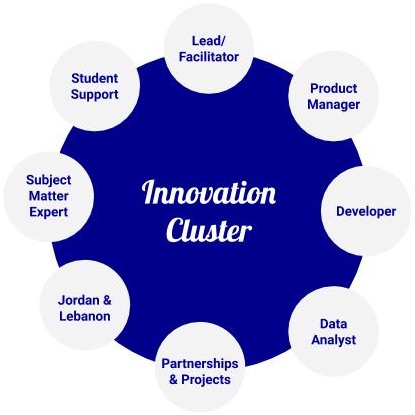
In each cluster experts from different functional teams collaborate together. The lead is also a facilitator - everyone meets on eye level and has a voice and right to vote.
Process
We develop a very detailed process chart that lays out what’s done by clusters, what’s done by a functional team and how both parts of the organization interlock. We end up calling it the rainbow chart. It’s important to show functional teams that they are an integral part of the process and that we’re not creating a parallel reality that calls all the shots.

Tools
After starting with the experiment templates and the backlog in online documents we now switch to our agile project management software (Jira & Confluence).
Being Accepted
The constitution (incl. process, people, tools, etc.) is first shared with our management, then with the stem cell, the heads of our functional teams and eventually with all Kiron employees. Each group reads the constitution, gives feedback and gets a chance to discuss the intended changes at a meeting. I listen to and try to incorporate the feedback whenever possible to ensure that every group feels heard and respected. In the end all heads of functional teams and all country managers approve the constitution. With their approval we reach product-market-fit (= enough people like the solution we came up with).
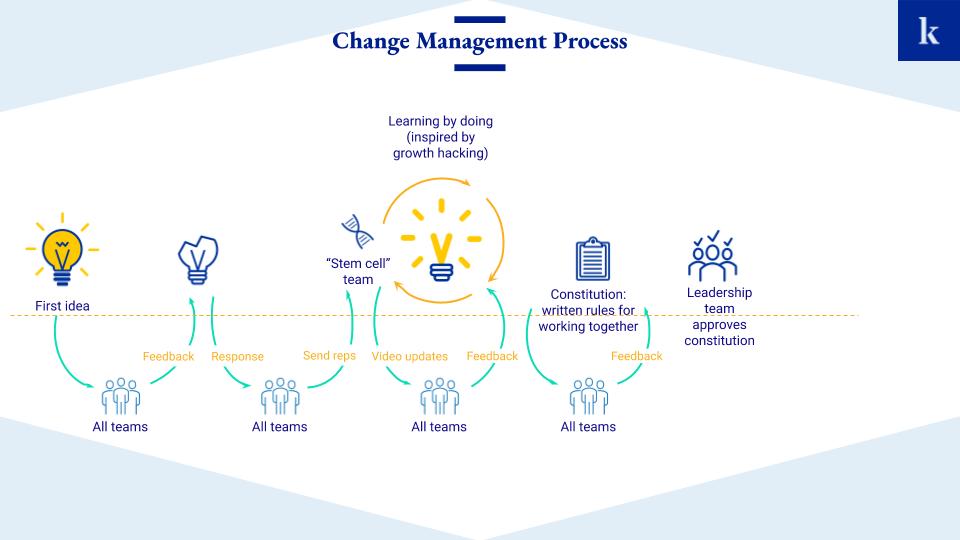
The constitution, the process, the experiment template and the backlog played a very important role, because they made the new way of working together tangible. All these artefacts allowed the organization to better see it’s current stage of development and served as a great reflective layer or mirror for discussions and debates. The fact that we had been very transparent, taken in feedback, provided ways for others to contribute through experiment ideas and offered means to resolve potential tensions between functional teams and cross-functional teams we created the trust we needed. We had made our case and the system accepted us. Now that we had reached product-market-fit we were able to move from search to execution of a new way of working together.
Version 0.3: November 2018 - January 2019
The Stem Cell Splits Up
With the approval of the constitution the heads of the functional teams transfer some of their power to cross-functional work. The leads of the cross-functional teams or clusters now have an official mandate to form their teams and more and more people join the cross-functional work. While we had only been 10 people in the stem cell the innovation ecosystem now grows to 22 people. The new cross-functional teams start meeting weekly and as defined in the constitution each person has 20% of their time available for cross-functional work.
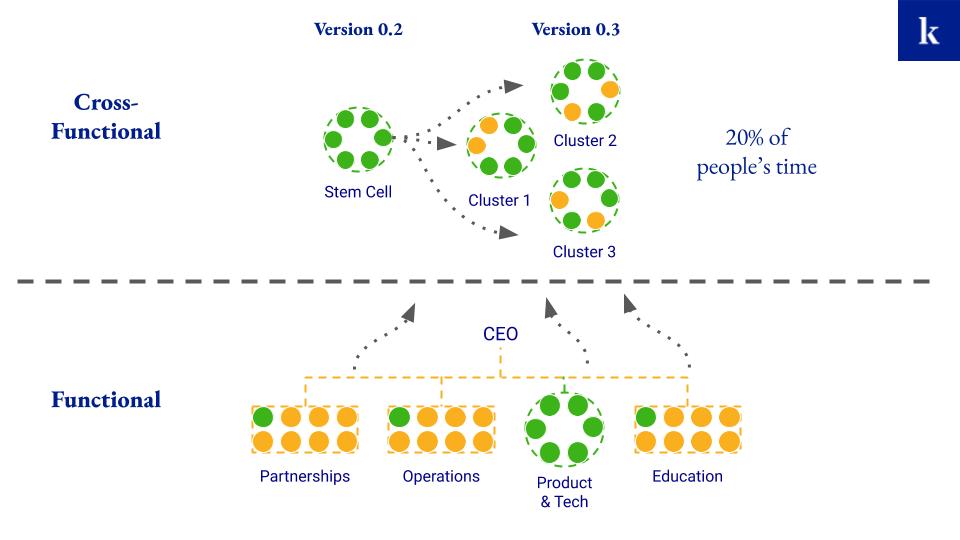
Each of the three cross-functional teams focuses on one phase of our student journey. Together with management the cluster leads define objectives for their part of the student journey.
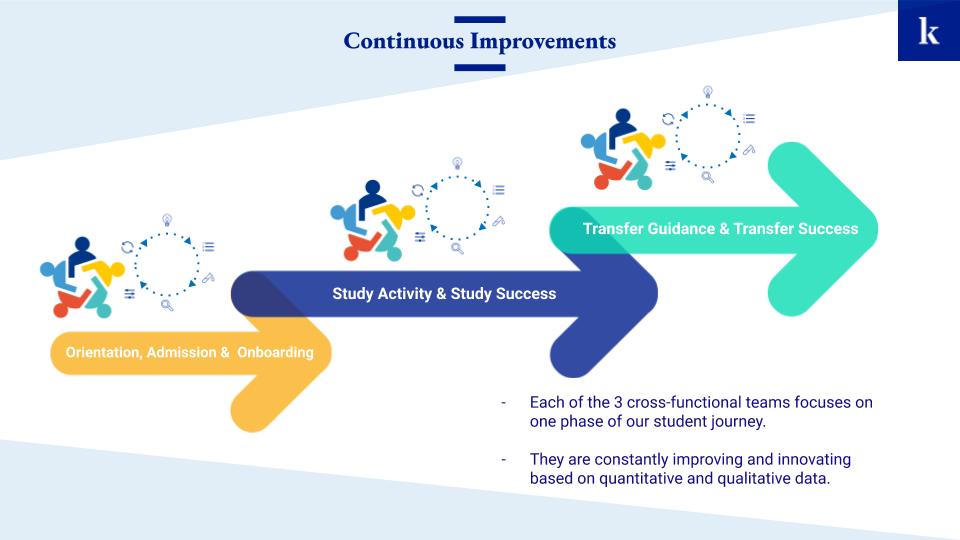
At the same time we have workshops on agile development with Alex Krause and growth hacking with Tomas Herzberger that help people to further develop the competences needed for cross-functional work. Through this more and more people see the value of working together differently. In addition to that we organize our org-wide KPI’s along the student journey and assign them to the clusters. We ask all teams to hand in ideas through a call for experiments and a lot of people do so. After roughly 6 months things finally get moving.
My goal had always been for the cross-functional teams to be sustainable enough by the end of November, because my girlfriend and I are expecting a baby. As a person that really needs deadlines to get things done I couldn’t think of a better one. On December 1st my son is born and I go on parental leave for one month. How great that everything is running so smoothly! Or isn’t it?
About
Björn Lefers works at the intersection of sustainability and education; education to better prepare people for a rapidly changing world and sustainability to make sure that world still exists when they’re finished. You can find him on LinkedIn.
|
This article is Part III of a four article series. Check out the fourth article here. |
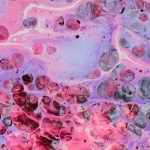 |
